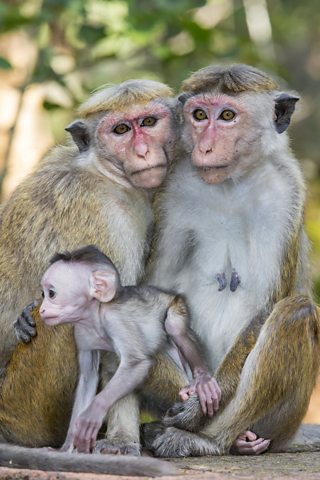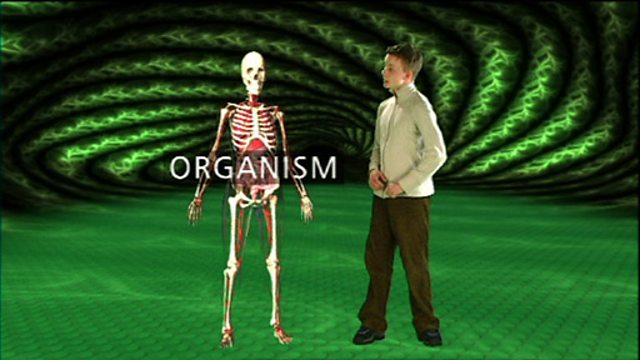LIVING BEINGS
classification of living beings
The MINIMUM unit of living beings
IF YOU WANT TO KNOW A LOT ABOUT LIVING BEINGS, READ THIS INFORMATION FROM THE "BBC BITE-SIZE" AND YOU WILL DISCOVER A NEW WORLD.
Life processes

Living organisms can reproduce
Living organisms have certain life processes in common. There are seven things that they need to do to count as being alive. The phrase MRS GREN is one way to remember them:
- Movement - all living things move, even plants
- Respiration - getting energy from food
- Sensitivity - detecting changes in the surroundings
- Growth - all living things grow
- Reproduction - making more living things of the same type
- Excretion - getting rid of waste
- Nutrition - taking in and using food
It can be easy to tell if something is living or not. A teddy bear might look like a bear, but it cannot do any of the seven things it needs to be able to do to count as being alive.
A car can move, it gets energy from petrol (like nutrition and respiration), it might have a car alarm (sensitivity), and it gets rid of waste gases through its exhaust pipe (excretion). But it cannot grow or make baby cars. So a car is not alive.
Cells
Cells are the basic building blocks of all animals and plants. They are so small, you need to use a light microscope to see them.
Animal cells and plant cells
Animal cells usually have an irregular shape, and plant cells usually have a regular shape. Cells are made up of different parts.
It is easier to describe these parts by using diagrams:
Animal cells and plant cells also contain tiny objects called mitochondria in their cytoplasm
Animal cells and plant cells both contain:
Plant cells also contain these parts, which are not found in animal cells:
- cell wall
- vacuole
- chloroplasts
-
Cells and their functions
Humans are multicellular. That means we are made of lots of cells, not just one cell. The cells in many multicellular animals and plants arespecialised, so that they can share out the processes of life. They work together like a team to support the different processes in an organism.
Specialised cells
The diagrams show examples of some specialised animal cells. Notice that they look very different from one another.
A selection of specialised animal cells
The tables show examples of some specialised animal and plant cells, with their functions and special features:
Unicellular organisms
A unicellular organism is a living thing that is just one cell. There are different types of unicellular organism, including:
- bacteria
- protozoa
- unicellular fungi
You might be tempted to think that these organisms are very simple, but in fact they can be very complex. They have adaptations that make them very well suited for life in their environment.
Bacteria
Bacteria are tiny. A typical bacterial cell is just a few micrometres across (a few thousandths of a millimetre). The structure of a bacterial cell is different to an animal or plant cell. For example, they do not have a nucleus but they may have a flagellum. This is a tail-like part of the cell that can spin, moving the cell along.
The main parts of bacteria
Cells, tissues, organs and systems
Multicellular organisms are organised into increasingly complex parts. In order, from least complex to most complex:
- cells
- tissues
- organs
- organ systems
- organism
Tissues
Animal cells and plant cells can form tissues, such as muscle tissue in animals. A living tissue is made from a group of cells with a similar structure and function, which all work together to do a particular job. Here are some examples of tissues:
- muscle
- the lining of the intestine
- the lining of the lungs
- xylem (tubes that carry water in a plant)
Organs
An organ is made from a group of different tissues, which all work together to do a particular job. Here are some examples of organs:
- heart
- lung
- stomach
- brain
- leaf
- root
Organ systems
An organ system is made from a group of different organs, which all work together to do a particular job. Here are some examples of organ systems:
- circulatory system
- respiratory system
- digestive system
- nervous system
- reproductive system

WHY NOT MAKING A TEST???? DO YOU REMEMBER WHAT YOU READ?????
Esta página web ha sido creada con Jimdo. ¡Regístrate ahora gratis en https://es.jimdo.com!
